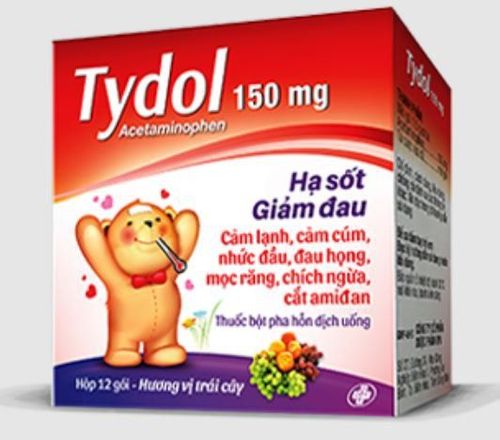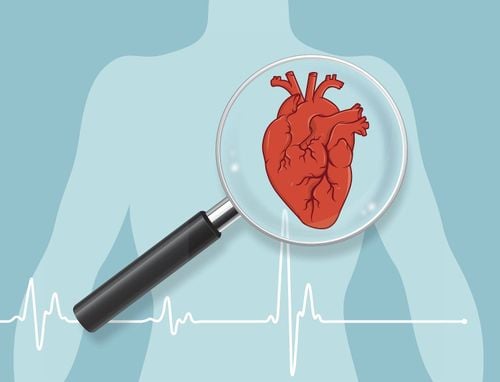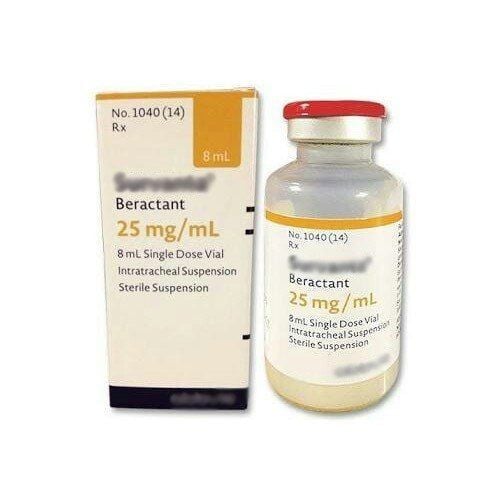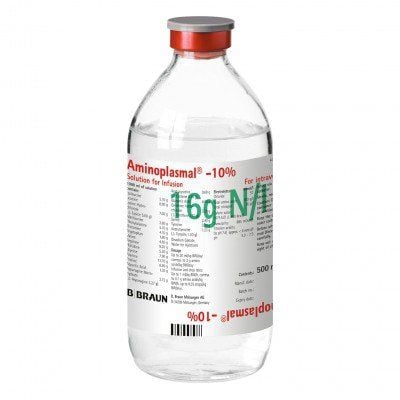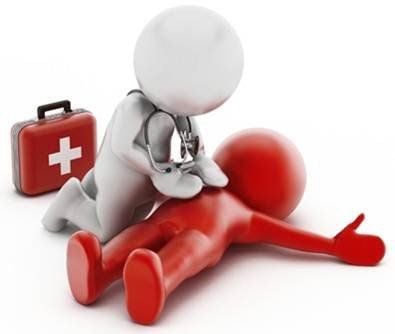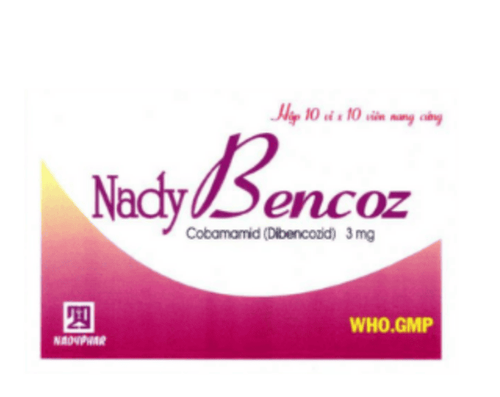This is an automatically translated article.
The article was professionally consulted by Specialist Doctor I Huynh Kim Long - Emergency Resuscitation Doctor - Emergency Resuscitation Department - Vinmec Da Nang International General Hospital. Dr. Huynh Kim Long has extensive experience in the treatment of Resuscitation - Emergency and Acute Stroke in adults.Hypothermia is a fairly common condition that occurs due to a number of causes such as premature birth, cold exposure due to weather, drowning or systemic disease that inhibits the thermoregulatory center due to neurological disease or hypothermia. armor ability. When hypothermia, if not treated, can easily lead to life-threatening disorders, because the body cannot generate heat for the heart and nervous system.
1. What is hypothermia?
Hypothermia is an abnormal body temperature that falls below 35°C when measured rectally. Hypothermia can be classified as follows:Mild hypothermia: 35-34°C Moderate hypothermia: 34-32°C Severe hypothermia: 32-25°C Dangerous hypothermia drama: below 25°C

Thin people; Mental illness, Alzheimer's disease, malnutrition or cardiovascular disease and hypothyroidism; People who are drunk, high on drugs; Homeless people, stuck in cold weather due to car breakdown or traffic jams.
Trắc nghiệm: Bận rộn có ảnh hưởng đến sức khỏe của bạn không?
Cuộc sống hiện đại khiến chúng ta vì quá bận rộn mà quên chăm sóc sức khỏe cho chính mình. Ai cũng biết rằng lịch trình làm việc cả ngày có thể khiến bạn kiệt sức, nhưng cụ thể bận rộn ảnh hưởng thế nào tới sức khỏe? Hãy cùng làm thử bài trắc nghiệm dưới đây.
2. Manifestations of hypothermia
Signs of cold or hypothermia may include:Feeling cold and shivering constantly, not feeling warm enough; Goosebumps, dark lips; People who tremble or stammer; In more severe cases, there may be slow breathing, cold gray skin, even loss of coordination of movements; When hypothermia is too long, the patient will pass through a phase of confusion and clumsiness, faltering and loss of balance, in which the heart rate may decrease or arrhythmia; A child's hypothermia and sweating, cold and red skin, and weakness may indicate severe hypothermia that requires intervention as soon as possible.
3. What to do with hypothermia?
The first thing when detecting a patient with hypothermia is definitely to call an ambulance to take the patient to a medical facility. In the meantime, help the patient do the following:Remove wet clothing and replace with dry clothing; Heating: Apply layers of dry blankets or gowns, warm with a warm water mattress, and place the patient in a draft-free place, covering the patient's head; Give the patient warm water or hot porridge, a non-caffeinated beverage; Monitor the patient's breathing so that rescue breaths can be given in time when severe slow or shallow breathing is present; Do not apply direct heat or use heating lamps, heating mattresses, do not try to warm hands and feet because it will push cold blood to the heart and lungs, leading to hypothermia and death; Do not rub or massage too hard to avoid the risk of cardiac arrest. When the medical facility is reached and the condition is severe, artificial respiration by intubation is required when there is severe hypoventilation and impaired consciousness. Concomitantly, administer bicarbonate, electrolyte solutions, blood, or plasma depending on the cause of hypothermia, cautiously and slowly. After that, gastric suction or anal catheter can be inserted to prevent functional bowel paralysis. Note, do not use vasoconstrictor drugs because it will interfere with the periphery and easily cause acute pulmonary edema.
Please dial HOTLINE for more information or register for an appointment HERE. Download MyVinmec app to make appointments faster and to manage your bookings easily.





